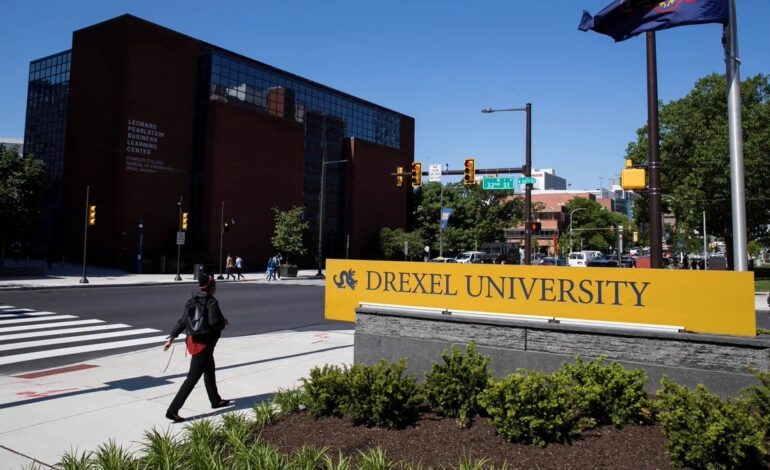Pennsylvania Universities Take Action Amid Financial Pressures

Universities in Pennsylvania are implementing significant cost-cutting measures, including layoffs and mergers, to navigate financial challenges stemming from declining enrollment and reduced federal funding. As institutions adapt to these pressures, many are collaborating to pool resources, aiming to remain competitive in a challenging educational landscape.
According to a report from the National Center for Education Statistics, enrollment in U.S. higher education institutions fell by 15% between 2010 and 2021. This decline is largely attributed to a decrease in the number of college-age students, compounded by cuts in federal spending for higher education and research. Additionally, staffing reductions within the U.S. Department of Education have contributed to uncertainty within the sector.
Thomas P. Foley, president of the Association of Independent College & Universities of Pennsylvania (AICUP), highlighted that member institutions are joining forces to keep tuition rates manageable. “AICUP manages 39 cost-saving programs resulting in tens of millions of dollars in annual savings for participants,” Foley stated. “We save schools money in all sorts of ways and in a variety of sectors, from technology and finance to HR and research. We buy insurance together, buy software together, buy energy together, and invest retirement funds together.”
The AICUP includes prominent universities such as Carnegie Mellon University, Drexel University, Villanova University, and the University of Pennsylvania. However, most of its members are smaller, private institutions, including Haverford College and Swarthmore College.
Collaborative Strategies for Financial Stability
As institutions face these financial pressures, many are exploring mergers as a strategy to consolidate resources and ensure sustainability. This trend reflects a broader movement in the higher education sector, where institutions seek to streamline operations and enhance financial viability.
Pooling resources extends beyond administrative functions. Universities are collaborating to procure essential services, including energy, computer services, and health insurance. By working together, these institutions aim to reduce costs while maintaining the quality of education offered to students.
The financial landscape for higher education institutions is further complicated by proposed tax increases on university endowments and stricter regulations affecting international students under the current administration. These factors exacerbate the challenges universities face, prompting a reevaluation of operational strategies.
Foley noted that the collaborative efforts among AICUP members are vital for maintaining competitive tuition rates. “Our members are committed to finding innovative solutions to address these financial challenges,” he explained. “By working together, we can better serve our students and communities.”
As many universities in Pennsylvania navigate this evolving landscape, the focus remains on ensuring accessibility and quality in higher education. With enrollment numbers continuing to decline, institutions will need to remain agile in their approach to adapt to ongoing financial pressures. Collaboration, strategic mergers, and resource pooling are becoming essential strategies for sustainability in the coming years.






